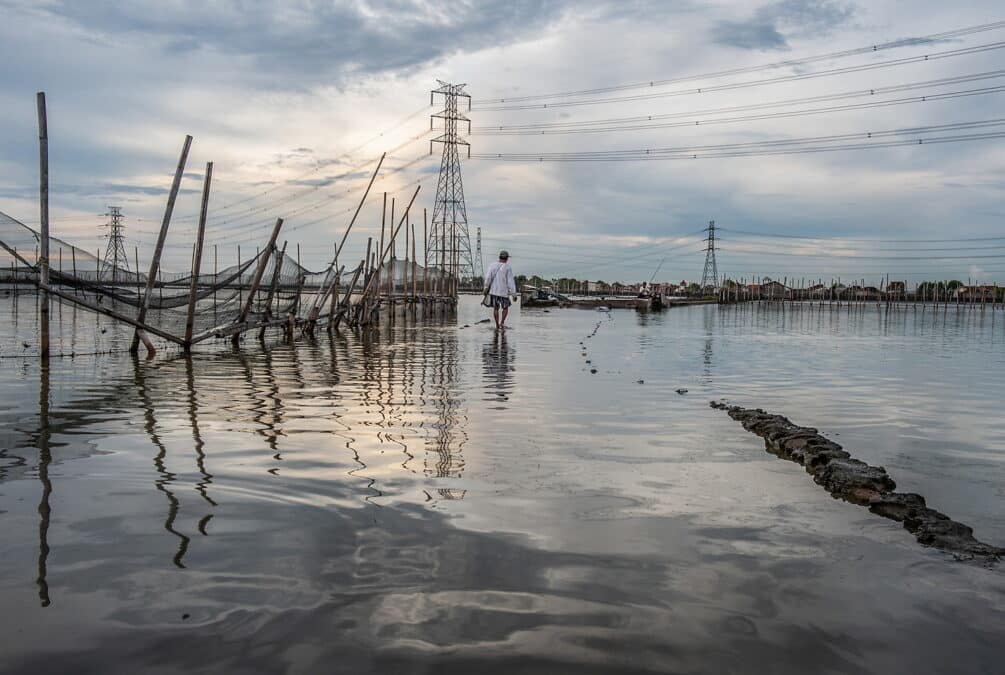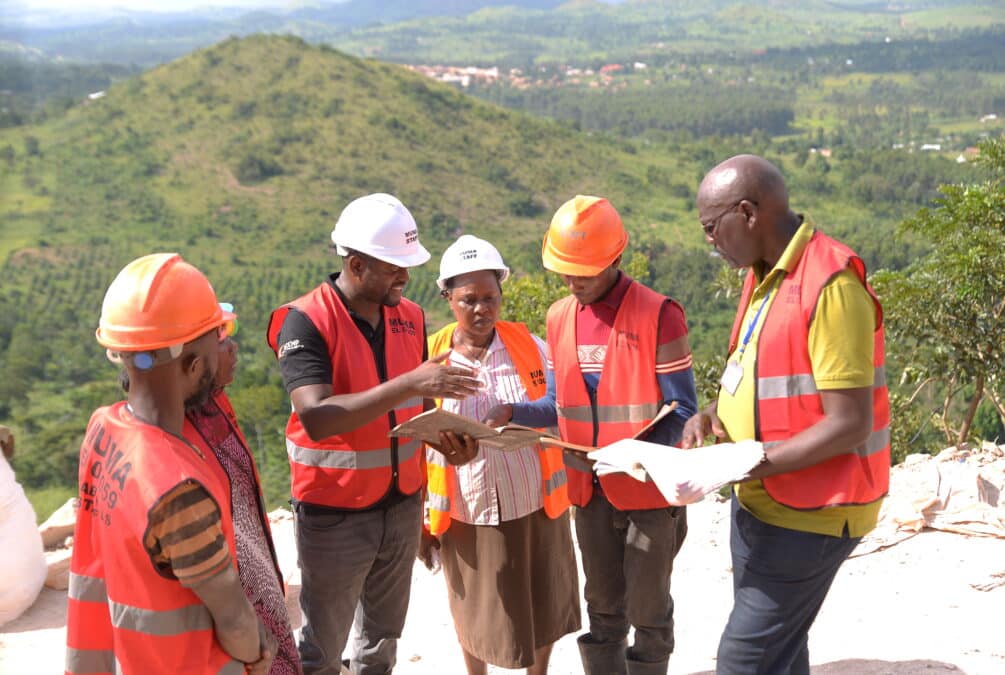“We want to strengthen their rights and the way they can participate in decision-making”
One of the goals of Tropenbos International is to increase the more sustainable use of forests. Juanita, what does the “sustainable use of the forests” mean exactly and why is this important?
JUANITA: Climate change is a reality and the consequences are bad. There’s deforestation, there’s the destruction of forests, and there are fewer trees in the fields. This has an effect on biodiversity, on the climate, but especially on the people that depend on the forest, on their livelihoods, on their daily food, and on their income. These are the people that are the most affected by it – more than 1 billion people around the world. So, what we are trying to do is to make more sustainable use of the forests. We do this by working with the communities that depend on and live in these forests. We try to integrate them into being part of the solution. Our focus is not only on the sustainable use of forests, but it’s also on making sure that the local communities share their voices. We want to strengthen their rights and the way they can participate in decision-making. These decisions will affect their lives in the future, and that’s why they need to be part of the process. We are not activists, but we do advocate that the people that live in these forests have rights and access to the lands where they live.
Coming back to the sustainable use of the forest, the way we act is with knowledge. Knowledge is in our DNA. Knowledge is our basics. We’re trying to collect knowledge from all stakeholders involved – scientific, but also local or indigenous, diverse knowledge. We put all information from our stakeholders on the table because we believe that with knowledge you can make decisions and build solutions. In the video we worked with Makmende on, we focused on agroforestry – on how the trees are coming back into the fields. These are locally-owned solutions that we built together with the communities.

Is communication important to achieve the goals of these locally-owned solutions?
JUANITA: Communication is key. First of all, we share the voice of the communities with the world. Secondly, we share knowledge: we make different knowledge available for everyone. With communication, we try to raise awareness of the solutions that we are presenting, solutions made together with the communities that can be replicated in other parts of the world. And finally, communication is important to show that our approach is working, in the hopes that we can get more funding and support for our work in the future.
“We need to translate knowledge into simple messages without losing relevance for each one of these groups”
What is an effective way to communicate for you? How important is tone in your communication?
JUANITA: Traditionally we have been more informative in our communication, but in the last few years, we have seen that while this works for certain groups, it doesn’t necessarily resonate with all of them. We realized we don’t reach everyone by just setting out the information. This time, we leaned into an emotional approach: this is what we did together, letting the people on the ground tell their stories. That grabs the attention of the people, of different target groups, but especially of the communities themselves and of the policymakers. We keep working on informative communication, the core of our communication, but through an emotional lens by letting people tell their own stories. The secret is finding the right balance.
What do you consider the most rewarding aspect of your work?
JUANITA: If I’m talking about working in Tropenbos International, it’s making a difference for the communities, for the people, and ensuring that they can continue living in their homes and have a promising future while meeting conservation goals. If I think about my role as lead of communication, the most rewarding part is being able to translate knowledge into simple visual messages and leading and supporting a group of communication people around the world.
And what are the challenges?
JUANITA: Keeping the attention of all the targets. We have a broad range of targets, from communities to practitioners to scientific people to the academic world to policy makers, and keeping the attention of all these people is a big challenge. We need to translate knowledge into simple messages without losing relevance for each one of these groups.
Tropenbos International collaborates with a lot of countries around the world and has local partners on the ground. Is it important to differentiate the communication based on country? Is communication an international language for you or does it need to be localized?
JUANITA: How you send the messages and how the messages are structured is really important. There are certain countries, such as Vietnam, that like more data-based information which means you can get buy-in through presenting numbers. In other countries, the message may reach the audience only if it’s an emotional message. We need to always look at the cultural background of each country and go a step further in considering different formats. For instance, in Congo, we have to use the radio because it’s the best way to reach the people. You won’t reach them with something that’s written because most people don’t read. So all these aspects have to be incorporated. But I think that nowadays social media has set another trend because social media is a common communication tool that everyone uses. And everyone follows the trends in social media and everyone goes with the trend, regardless of where they are based. I think that the trick for us is to, again, put the messages in such words that they can really reach places that are quite different culturally, which may mean altering your message and format slightly.
At Makmende we believe in a human-centric approach in communication. How was this reflected in our collaboration?
JUANITA: We approached Makmende because we like the fact that you work with local crews. You connect with the people in the country, in the field. You can see that in the outcome: the people interviewed and filmed feel comfortable talking and playing a part in the video. You watch the videos and you see happy people, you see warmth. There is a positive vibe: you don’t focus on their negative and their misery, you show the human face of these people.


